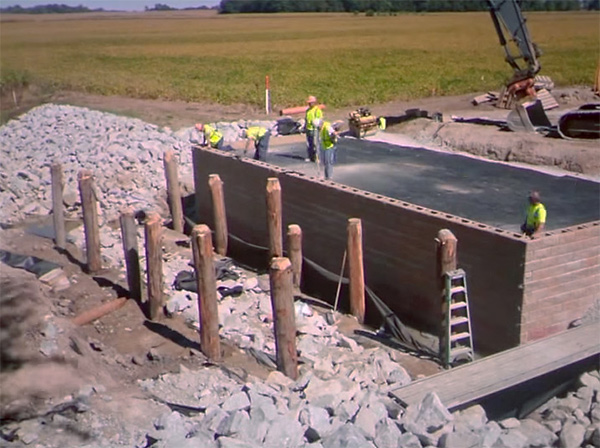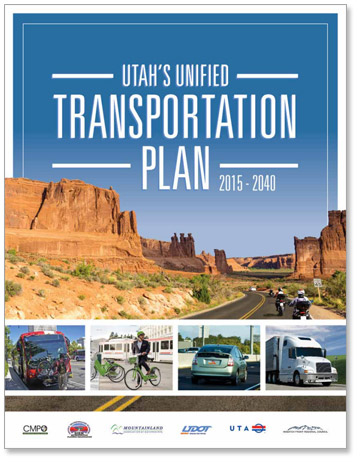January 28, 2016
Last Call: Send Us Your Innovation Ideas Today!
January 31 is the deadline to respond to the Federal Highway Administration request for information with your ideas on technologies and practices to deploy in the fourth round of Every Day Counts.
This is your opportunity to help identify proven, market-ready innovations to accelerate project delivery, enhance highway safety, cut traffic congestion and improve environmental sustainability. Your ideas could be included in the roster of EDC-4 innovations that transportation stakeholders will collaborate to implement in 2017 and 2018.
In addition to offering suggestions, you can provide feedback on your experience using 15 “innovations of interest” listed in the request for information.
“Our partnership with state, local and tribal governments as well as the private sector is producing impressive results,” said FHWA Administrator Gregory Nadeau. “Today, our goal is a simple one: to find practices and technologies that complement the innovations that have been supported through EDC and are now being implemented across the country.”
Trooper in Arizona Transportation Operations Center Improves Incident Response
At a January 19 news conference in Phoenix, the Arizona Department of Transportation and Maricopa Association of Governments shared first-year results on a three-year traffic incident management pilot project to post a state trooper in the Arizona DOT Transportation Operations Center. The trooper in the Traffic Operations Center has direct communication with troopers in the field, enabling expedited mobilization of first responders when incidents occur. As a result, the average incident clearance time on freeways has been reduced by nearly an hour over the past year, saving an estimated $165 million on lost productivity costs.
Report Reviews Oklahoma High-Friction Surface Treatment Project
A new report documents an Accelerated Innovation Deployment Demonstration project that enabled the Oklahoma Department of Transportation to gain experience applying high-friction surface treatments. The project involved using HFST to improve safety on four curves at three locations on I-40 and I-44 in Oklahoma City. Using lessons learned on the project, the Oklahoma DOT is developing HFST standards and initiating a program to apply the technology to a number of selected curves each year.
See GRS-IBS Construction in Indiana
The Indiana Department of Transportation, Local Technical Assistance Program and FHWA are collaborating to promote the use of geosynthetic reinforced soil-integrated bridge system technology in the state. Demonstrations and instructional activities planned for 2016 include time-lapse videos of construction of the state’s first GRS-IBS abutments in Hamilton County, Bridge 301 East Abutment and Bridge 301 West Abutment. Hamilton County—one of four Indiana counties that participated in a GRS-IBS peer exchange sponsored by FHWA—plans to build four more GRS-IBS bridges in the next few years.

 Utah Develops Unified Transportation Plan
Utah Develops Unified Transportation Plan
Utah transportation agencies and metropolitan planning organizations published their third Unified Transportation Plan, which identifies road, transit, bike and pedestrian infrastructure needs in the state from 2015 to 2040. The plan is an example of regional models of cooperation, which provide a process for transportation stakeholders to collaborate on multijurisdictional planning. The Utah Department of Transportation, Utah Transit Authority and metropolitan planning organizations developed the financial, demographic and growth assumptions used in the plan and agreed on performance measures to gauge success.



